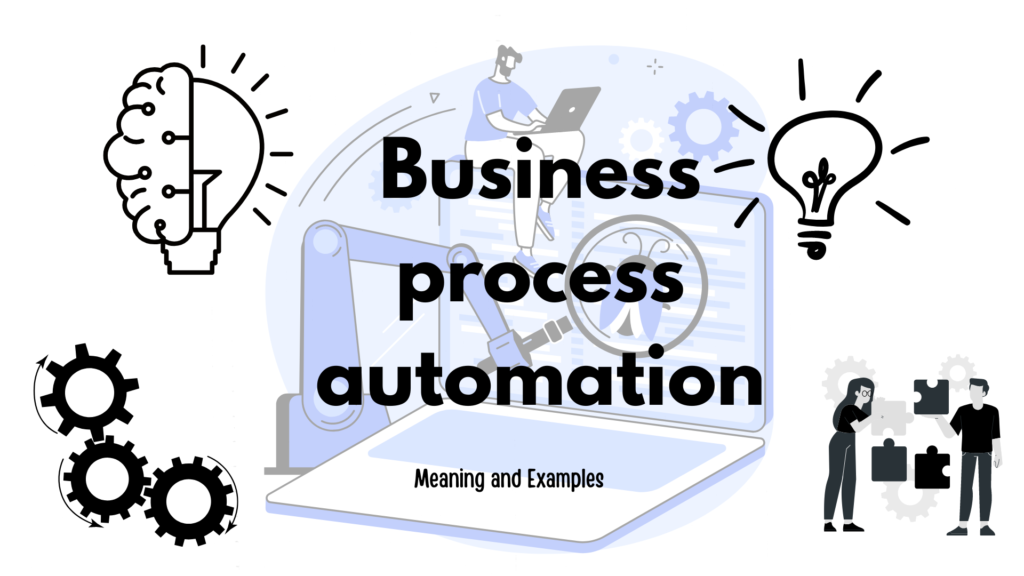Here are the top 5 rules of sales automation for long-term success in business. You consider these to grow your business with an effective sales automation.
Your sales people may need 8 to 15 good interactions with a prospect before they successfully complete a contract. After that, keeping clients satisfied requires endless hours of time spent managing relationships and corresponding with them. Calls, meetings, emails, and even text messages may fall under this category.
That is a significant amount of time spent learning about your client and their needs, noting important details, recording data, and following up. And when your list of potential clients and customers expands, management gets more harder.
Most people feel overwhelmed while trying to keep up with all of this information, which includes account data, sales records, opportunities, salespeople, products, services, prospects, and customers.
And despite the fact that Microsoft Excel was created in 1985, many traditional media companies and enterprise businesses continue to use spreadsheets to run their sales processes and manually enter data.
Your company is being slowly but surely destroyed by data entry.
Digital Sales Automation: What Is It?
Sales automation is the process of reducing time-consuming, manual procedures in the sales process so that your sales staff may concentrate more on closing deals. Sales representatives, managers, and other executives perform the majority of these daily, weekly, or monthly administrative and data entry responsibilities.
5 Rules of Sales Automation for Long-Term Success
Lets discuss about those top 5 effective elements which should have in your sales automation process.

Comprehensive Process Redesign :
Examine the sales process carefully to add value-adding activity where appropriate and remove non-value-adding ones. By shifting inefficient procedures from humans to algorithms, automation typically makes the inefficiency worse. The multinational consumer electronics company made an upfront investment to comprehend the “as-is” sales process and collaborated with specialists to develop the “to-be” process.
Focus on Capabilities Rather Than Deadlines :
Sales automation can increase productivity steadily, but it also runs the risk of becoming unworkable if rollout exceeds capacity. Invest in modifying the capabilities of your automation to meet the requirements of each important position.
While constructing its automation centre, the multinational consumer electronics company monitored skill development on a person-by-person basis as opposed to being unduly preoccupied with development timelines.
Plans that Clearly Capture Value :
While some businesses focus on “small value” quick wins and overlook larger automation potential, others adopt a cost-myopic perspective and overlook the benefit of increased quality, speed, and flexibility.
Prioritizing the appropriate use cases is crucial, and action plans with precise deadlines and milestones should be used to direct implementation.
Both the multinational consumer electronics company and the European telecommunications company made sure that their automated business cases were based on concrete data and that they clearly defined the rules for testing, acceptance, and release along with precise action plans.
Prompt IT Support :
Frontline workers’ education and training, automation planning, and security clearances are all crucially impacted by IT. A development team was established by the multinational consumer electronics company within its sales department to produce all automation solutions internally.
The automation team collaborated with the operational teams spread around Europe to achieve success. This decreased the need for outside vendors and increased the flexibility of the unique solution.
Agile Methods :
Implementation difficulties are reduced by a dual operating paradigm that combines automation and agility. Such an operating paradigm would encourage experimentation and development through coaching and feedback while iteratively delivering end products through distributed teams with shared KPIs.
Conclusion
Every step in the sales automation process needs to be carefully planned and optimised. Explore your team’s journey using the methods and guidelines we’ve provided, but make sure to carefully adjust and change as necessary.
It would be in your best interest to start planning and conducting research right away, regardless of how you decide to implement sales automation within your company.
FAQ on Rules of Sales Automation
What are the key benefits of digital sales automation?
Digital sales automation has advantages including improved lead management, less human data entry, better data insights, and the capacity to concentrate on more value-added sales operations.
What types of tasks can be automated in digital sales automation?
Lead distribution, lead nurturing, data entry, follow-up reminders, email marketing, and customer relationship management (CRM) are among the tasks that can be automated.
How can digital sales automation impact customer satisfaction?
By providing prompt and personalised communication, effective problem-solving, and a better understanding of consumer demands through data insights, automation may assist increase customer happiness.
Is digital sales automation suitable for small businesses?
Yes, digital sales automation may be tailored to the requirements and size of small firms, enabling them to boost productivity and streamline sales operations.
ALSO READ
You may also like our other related articles on automation :



